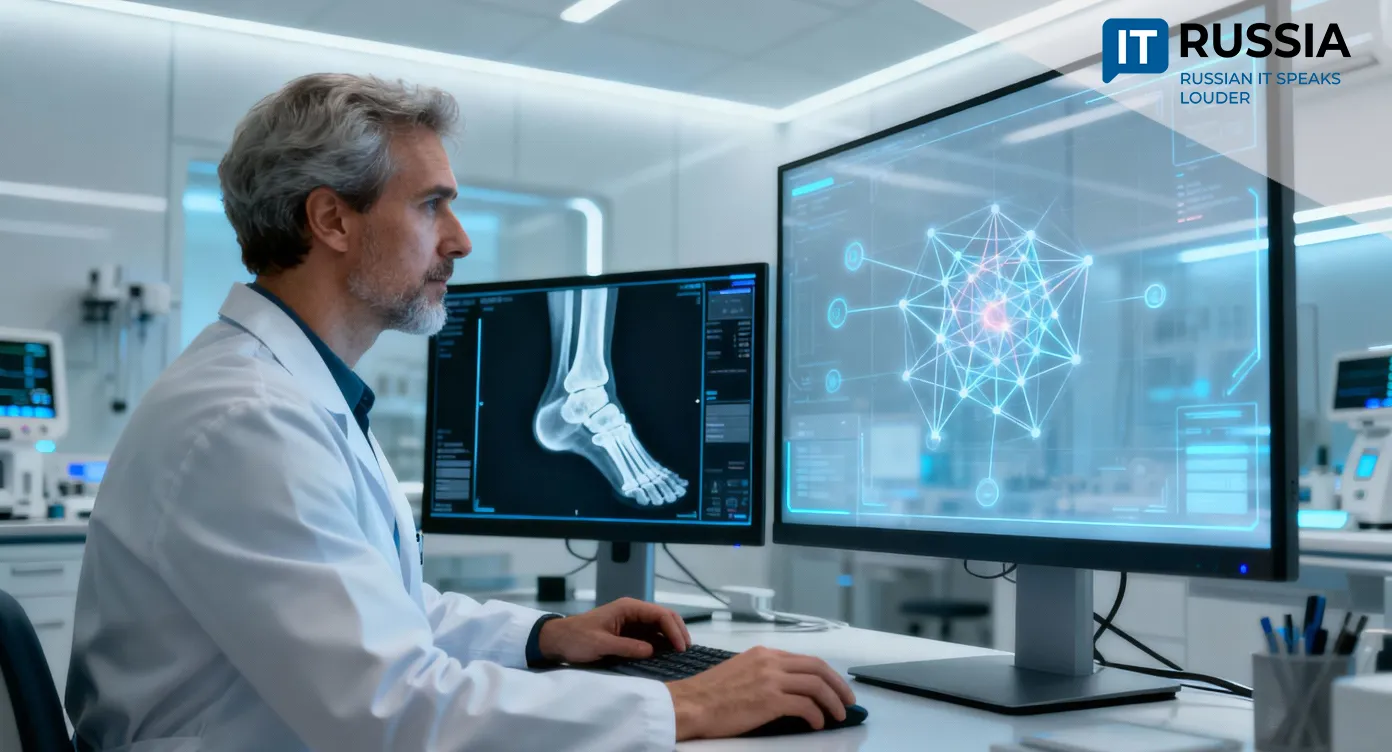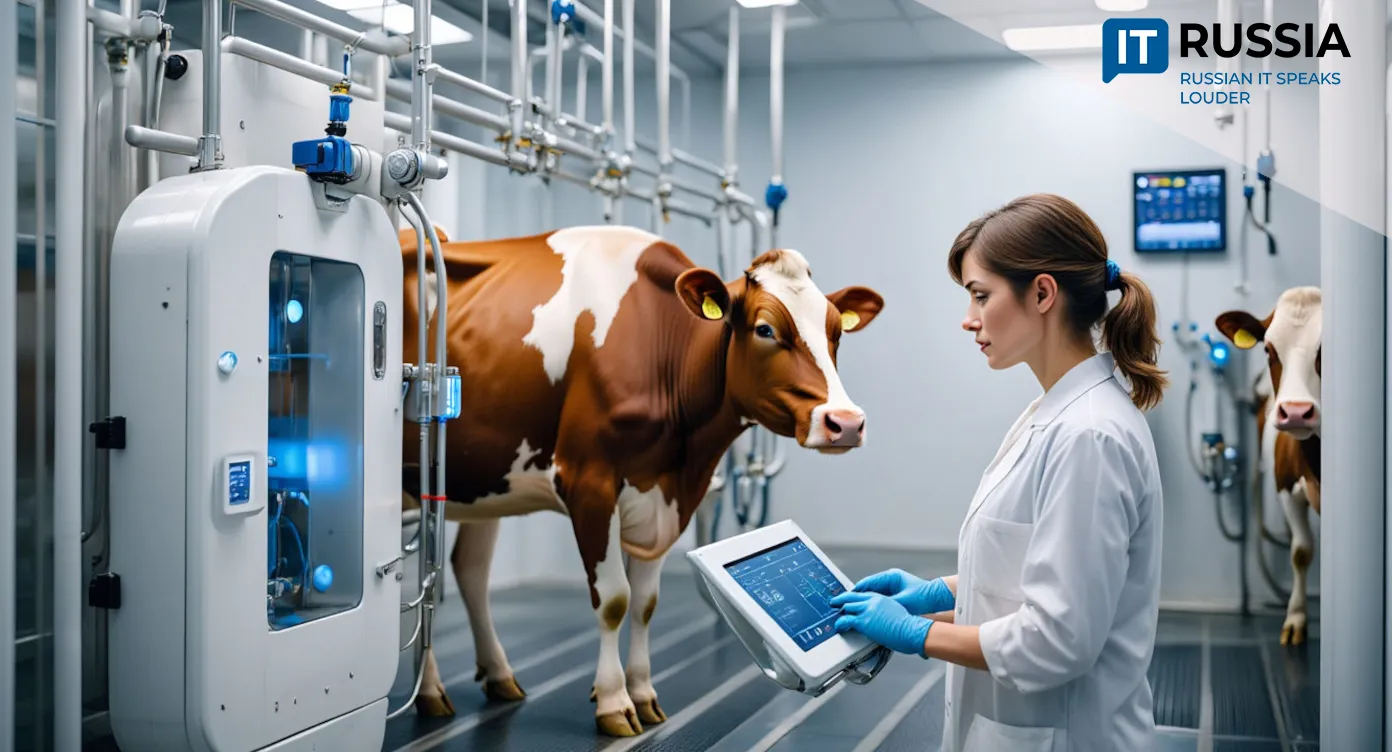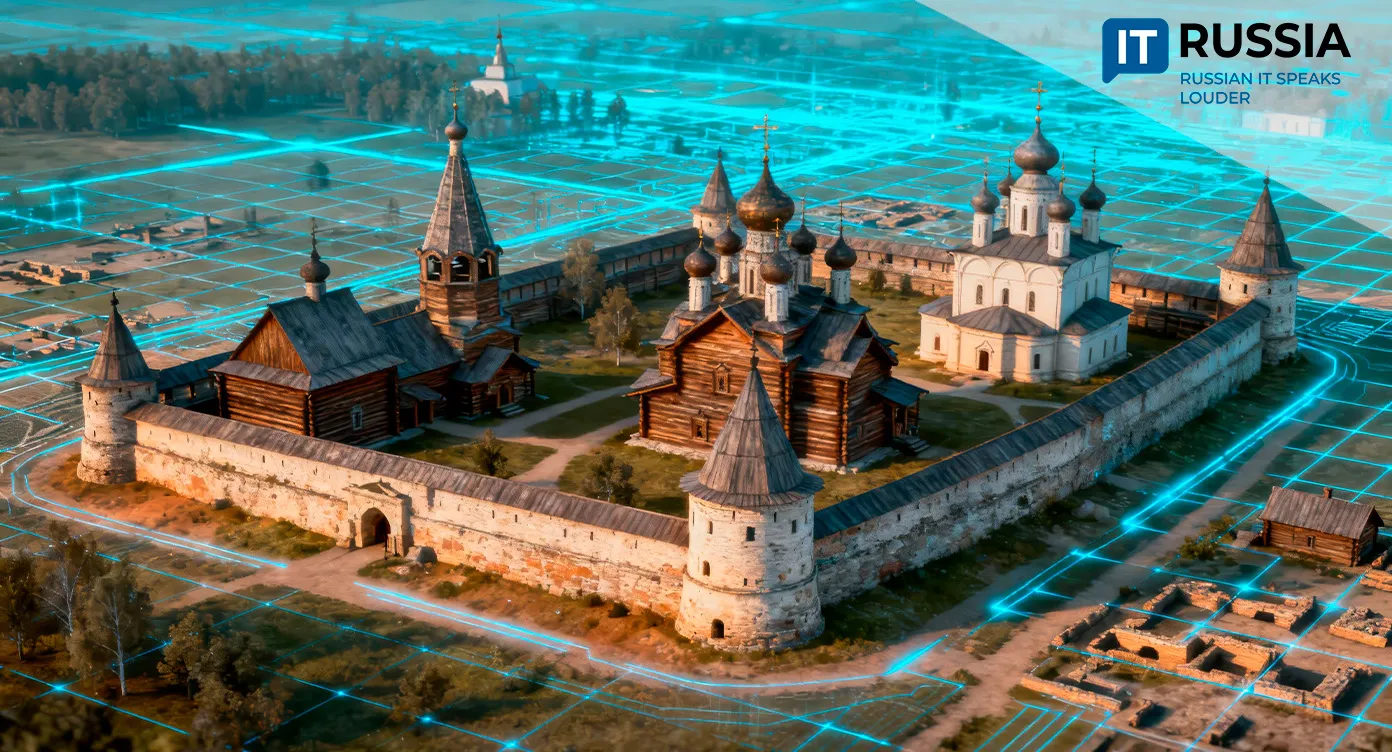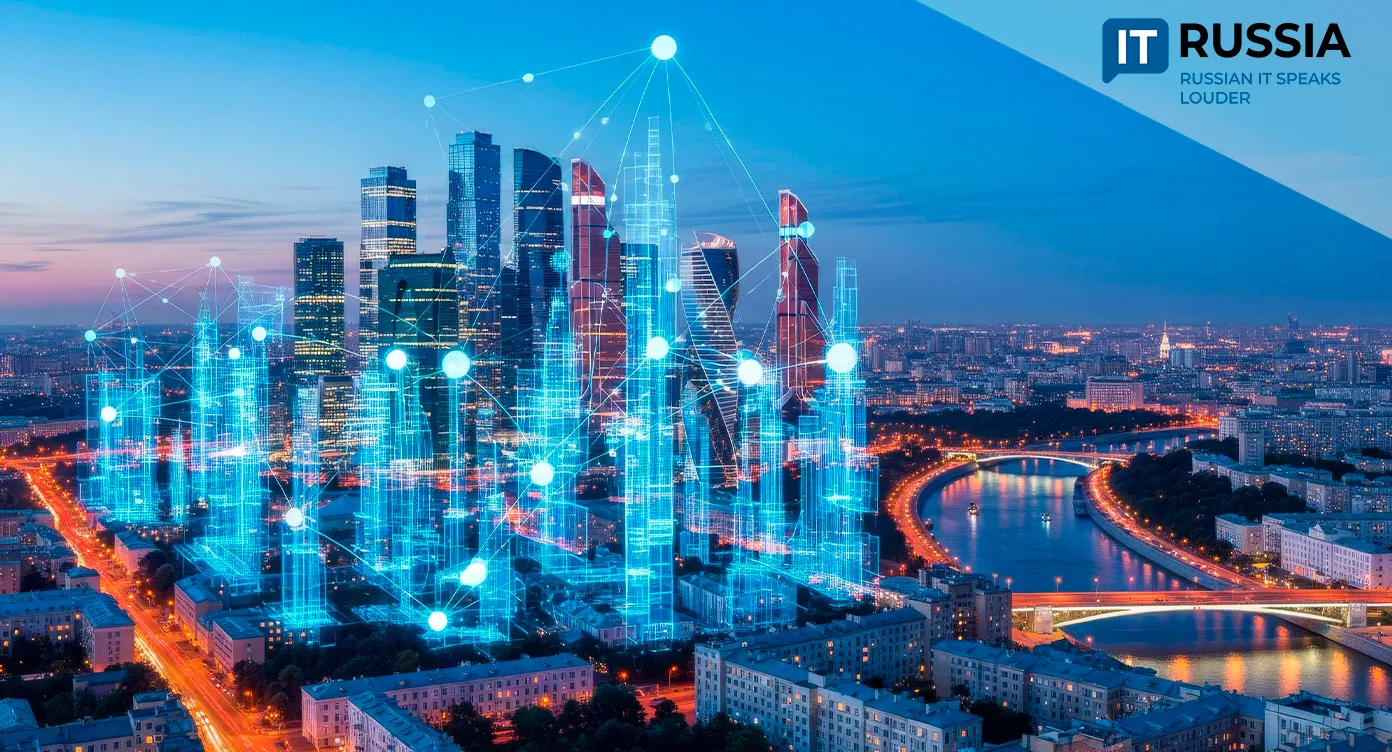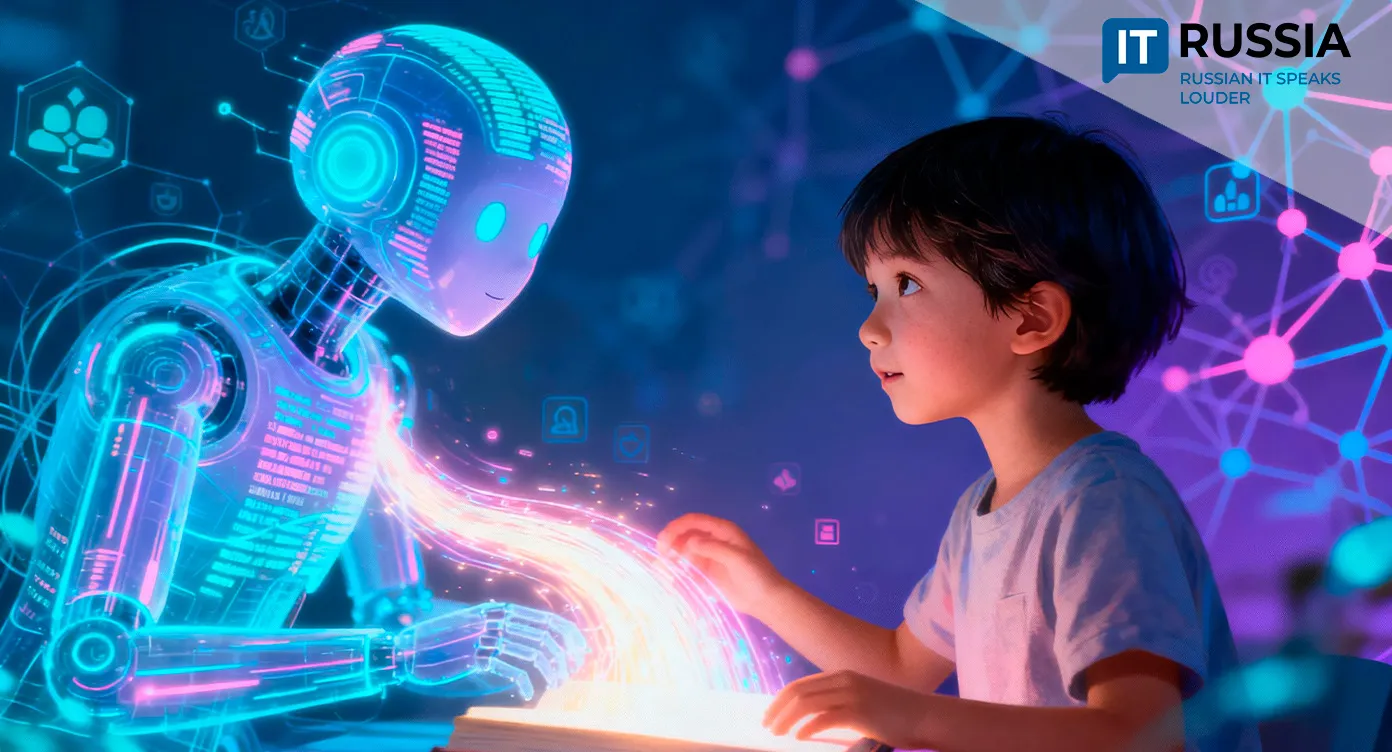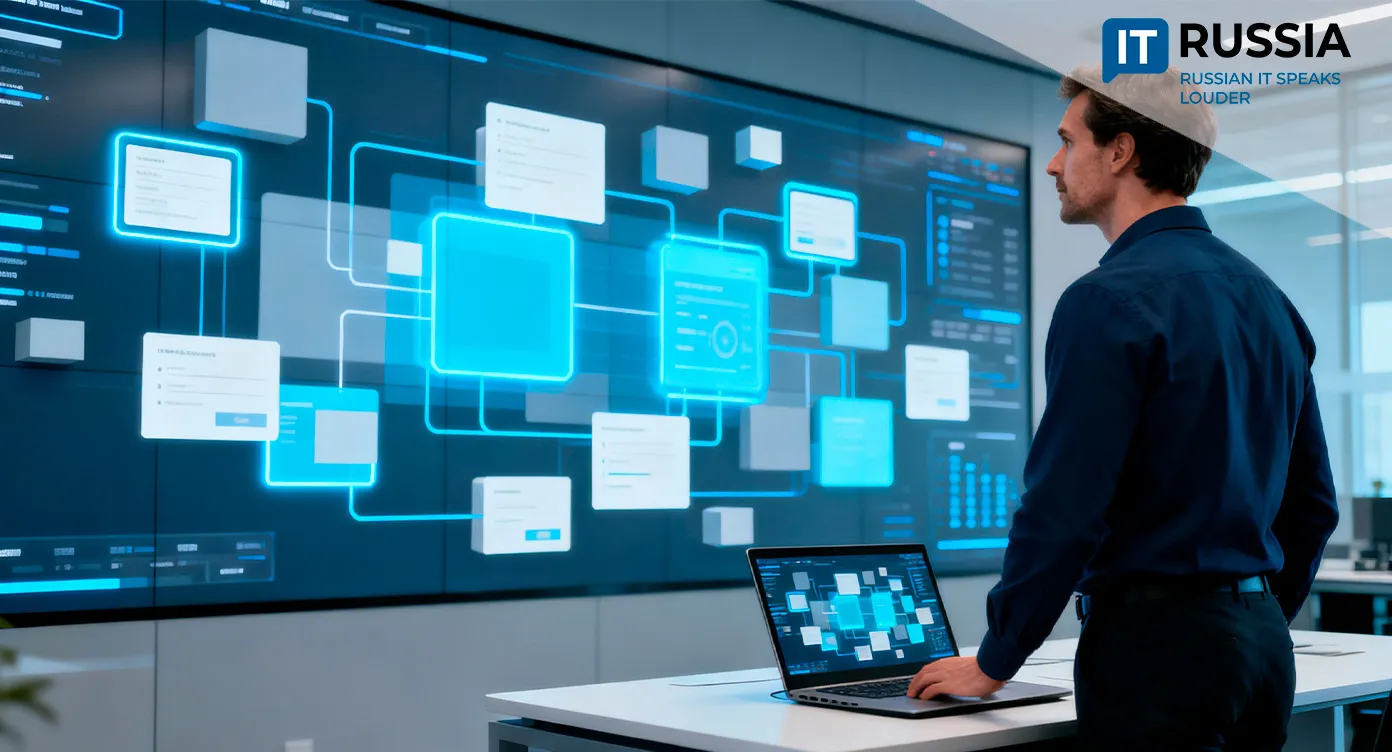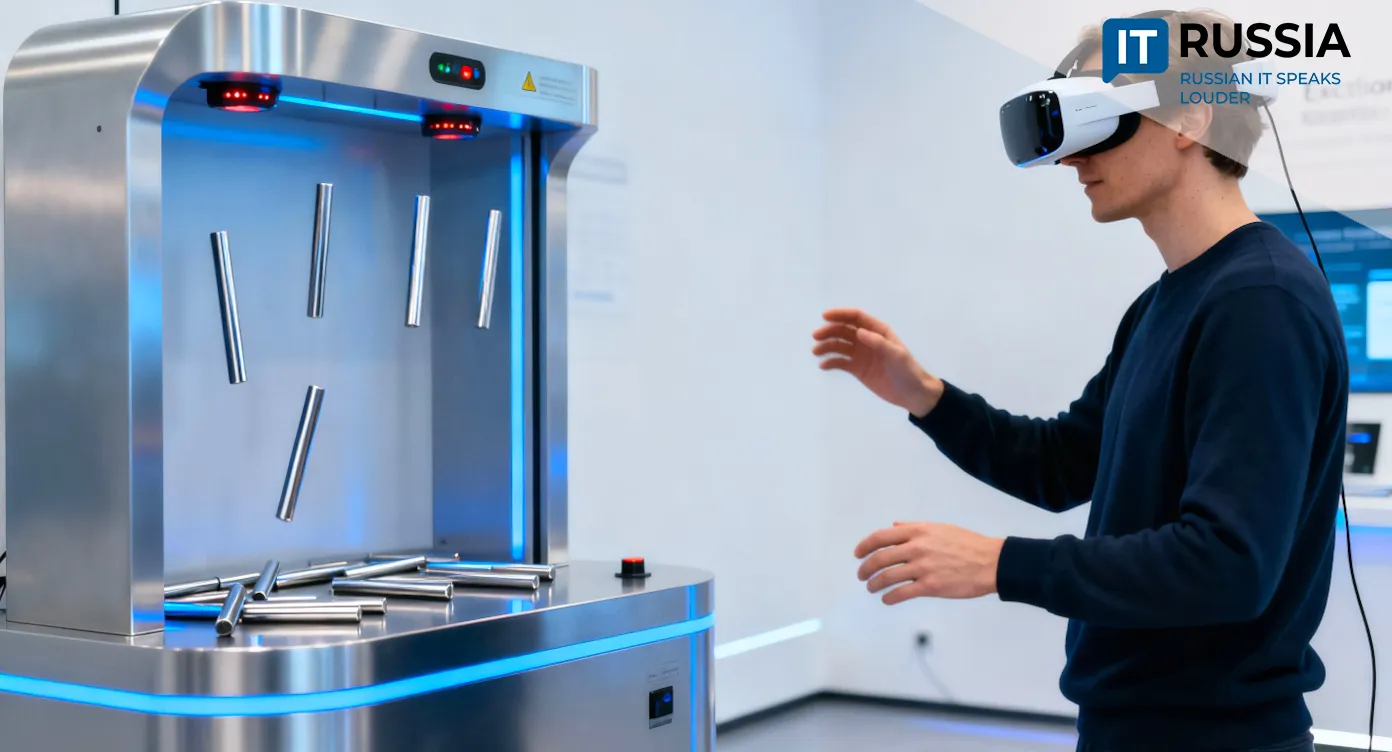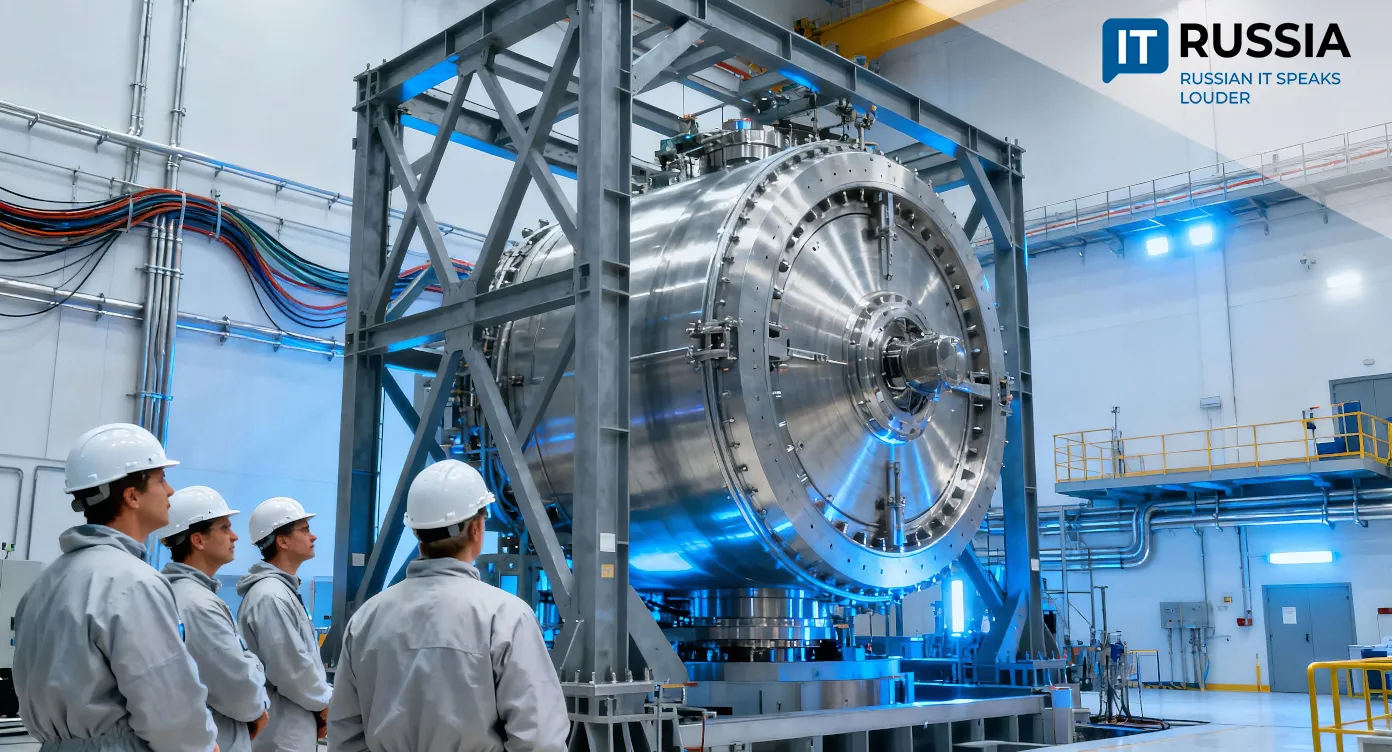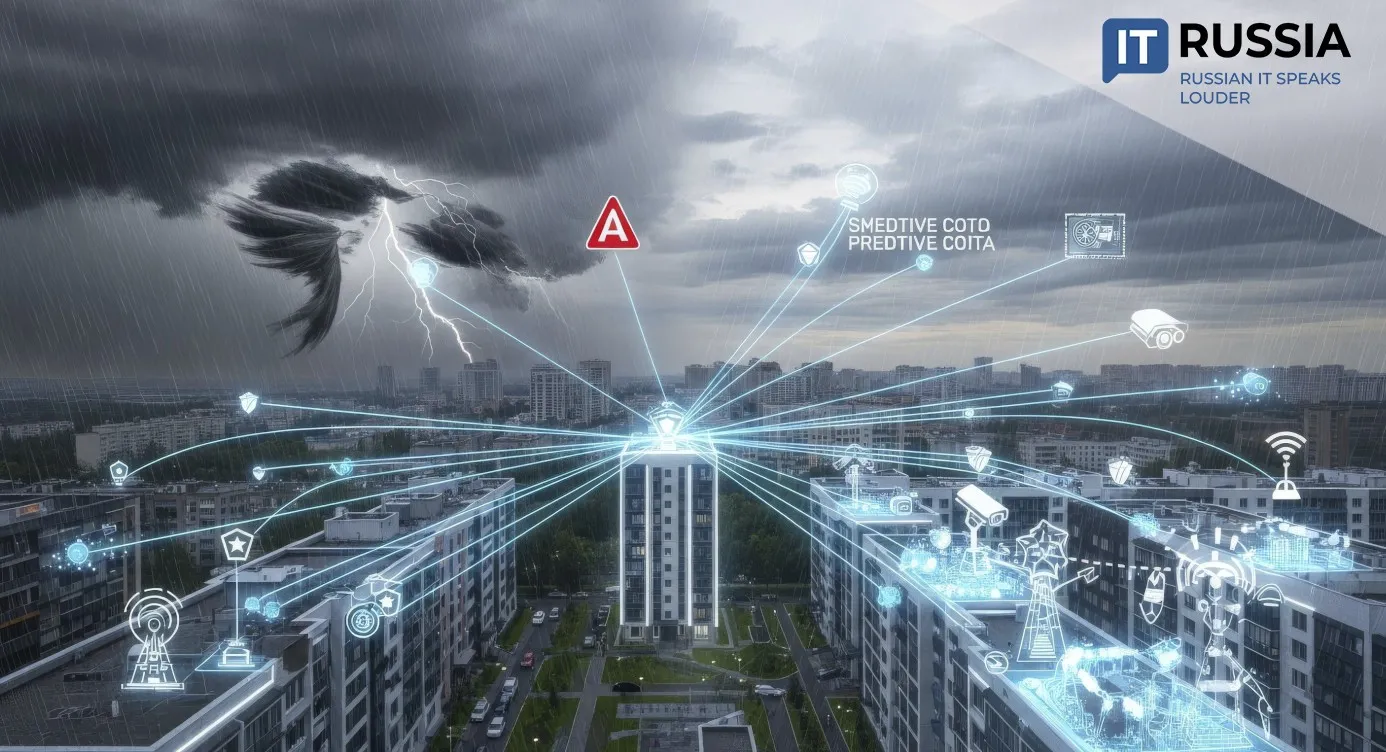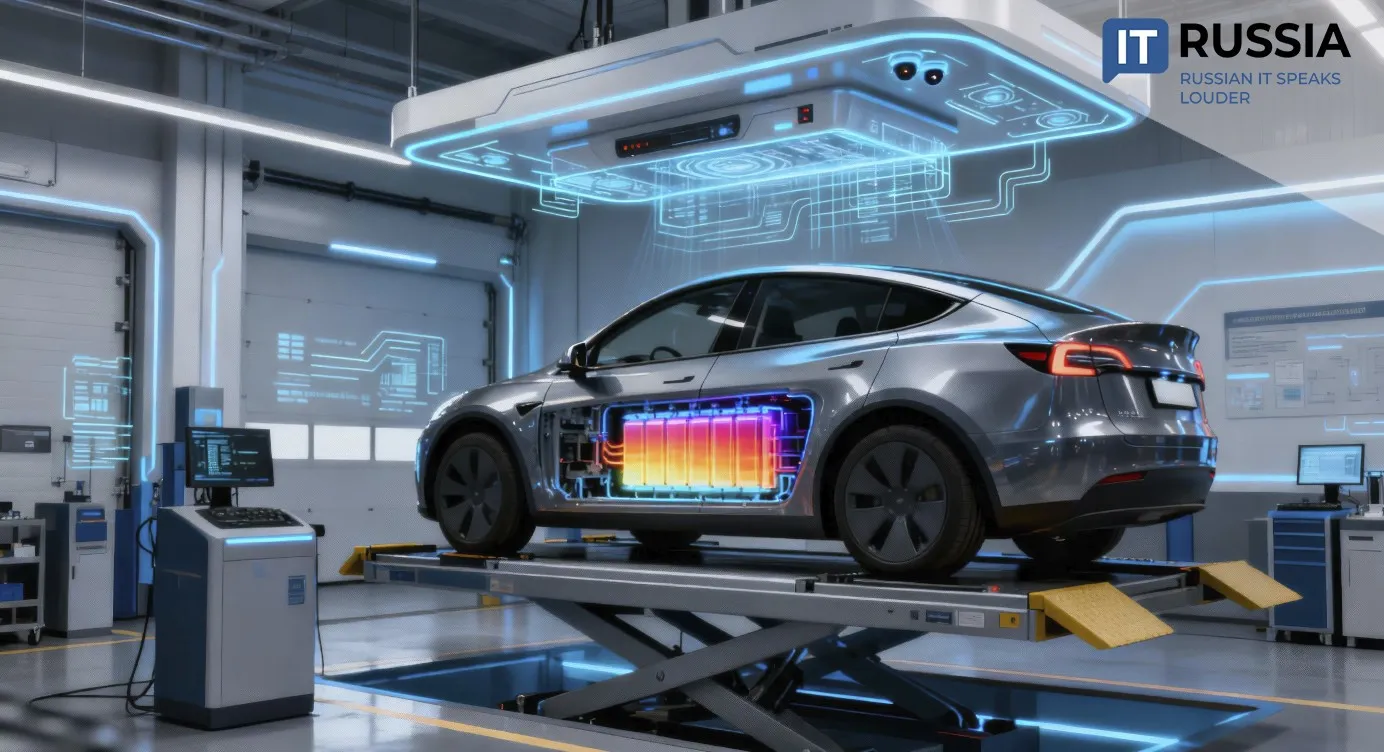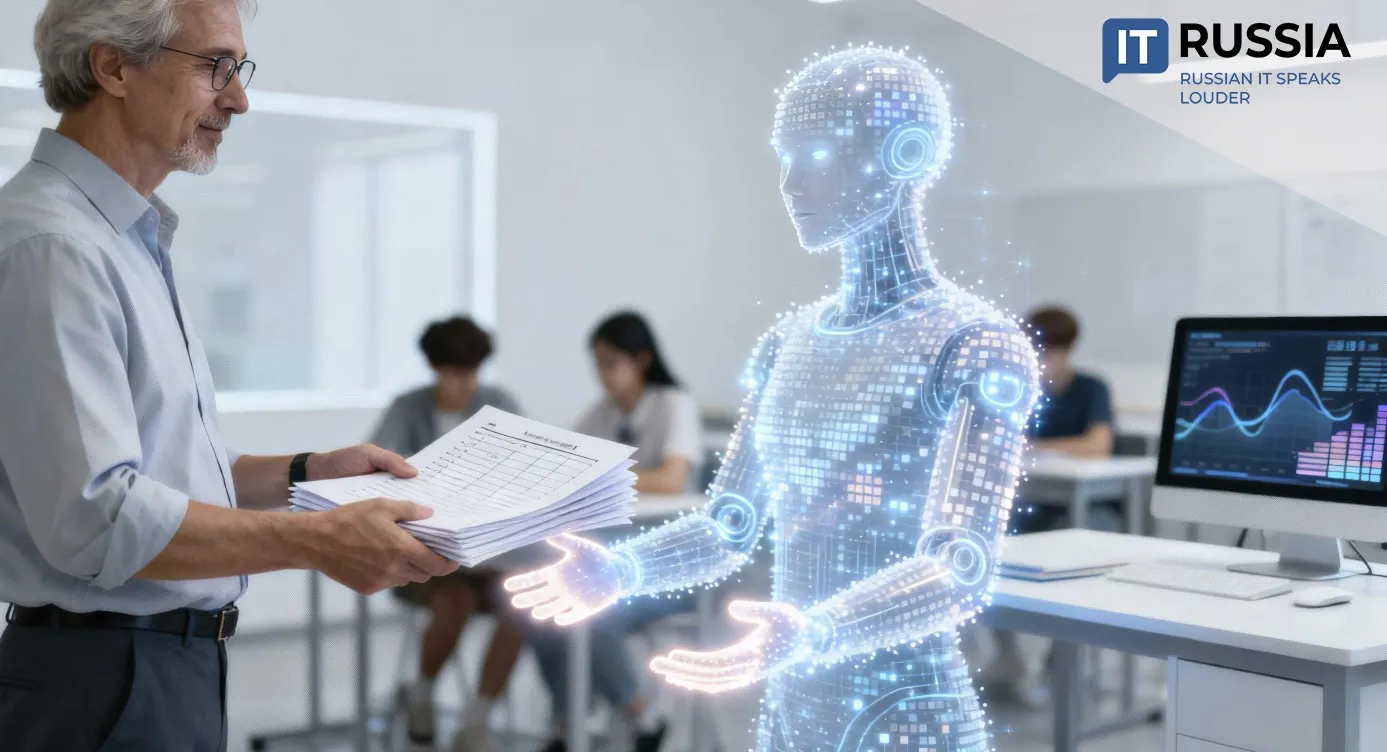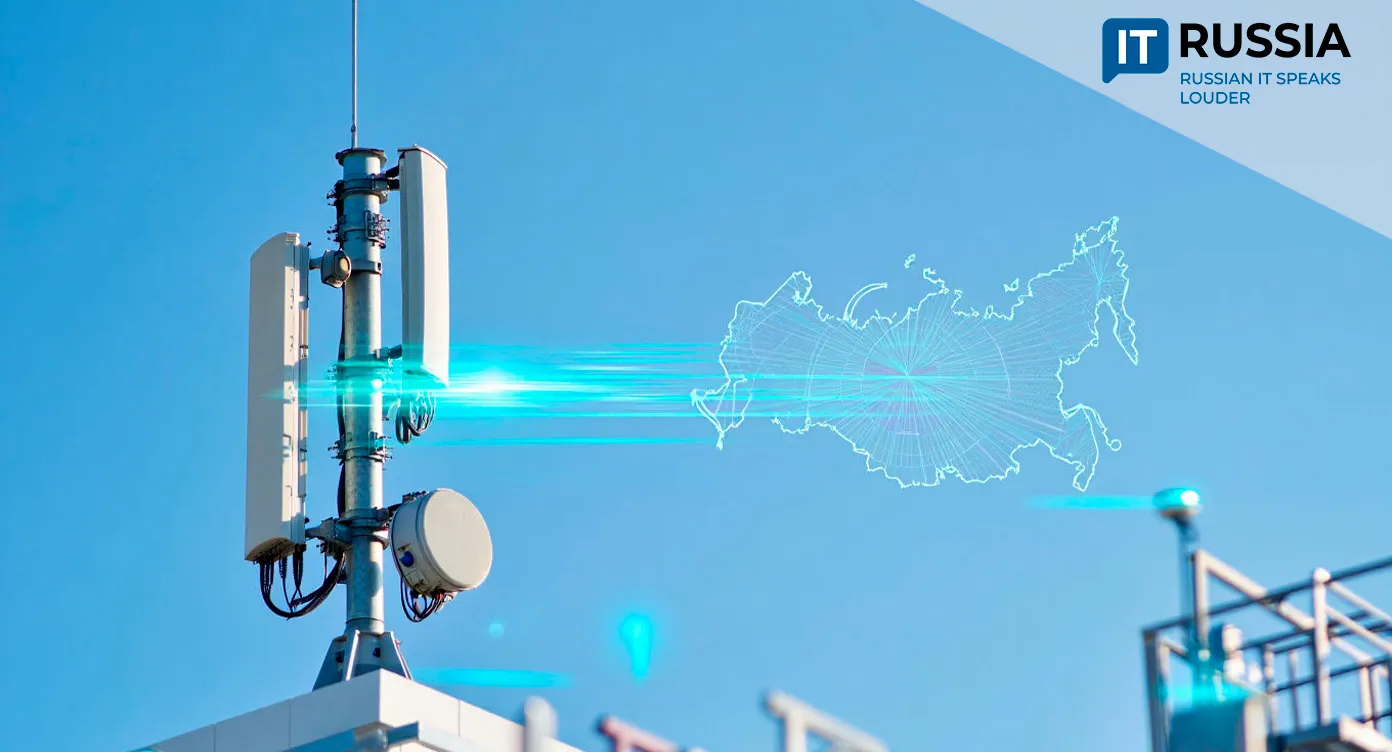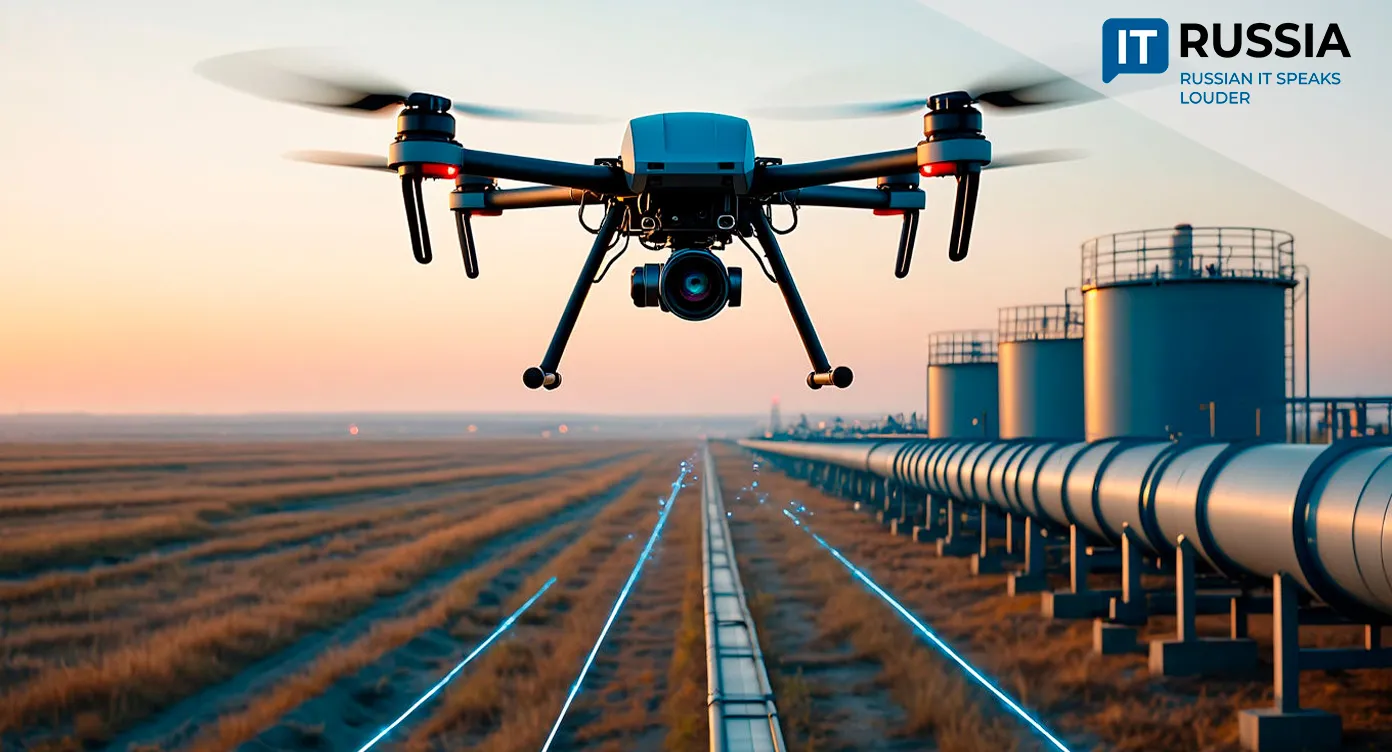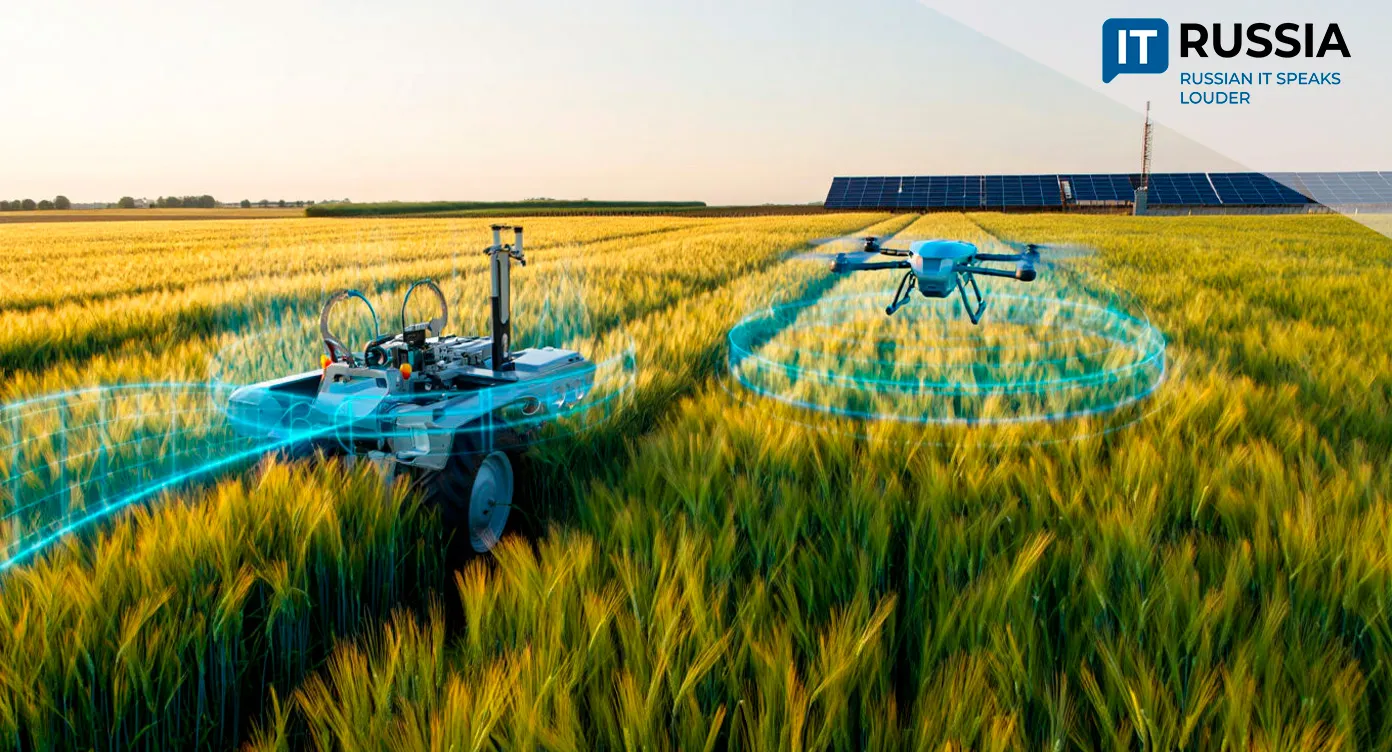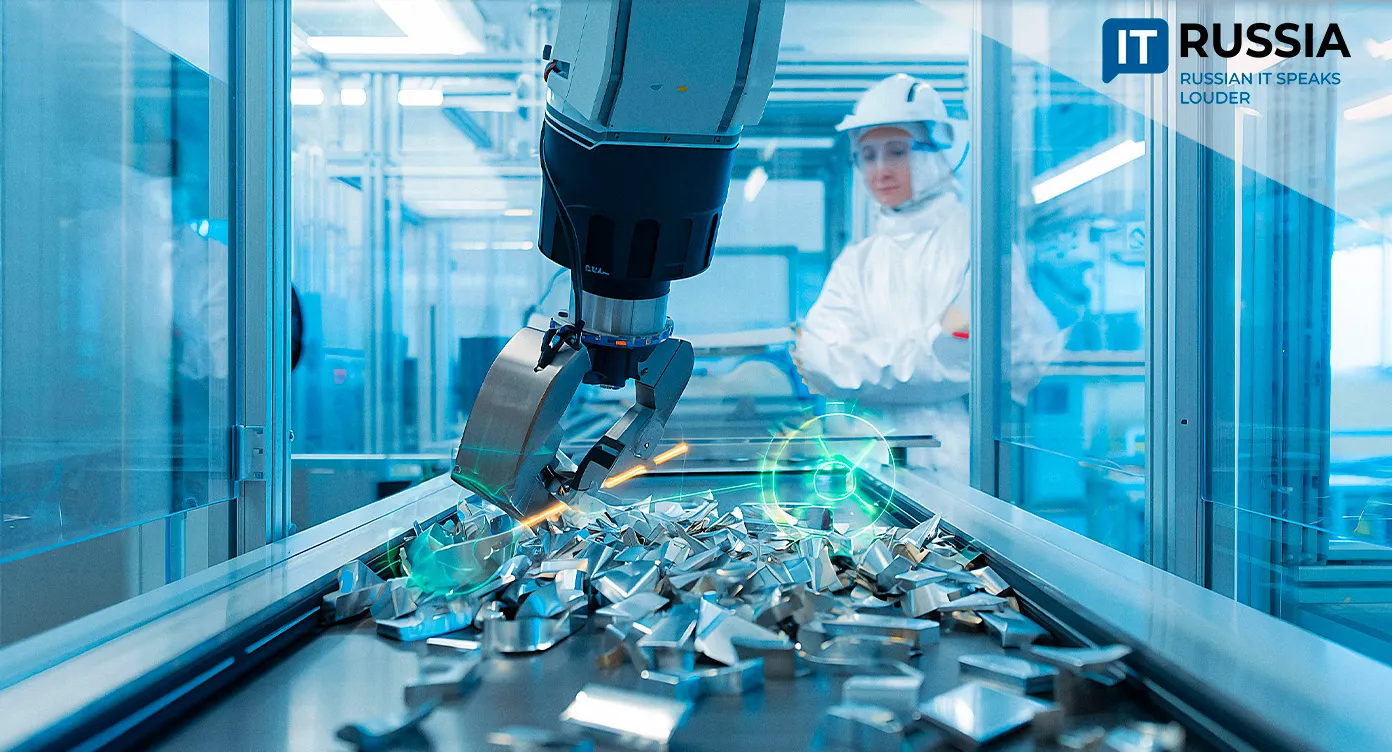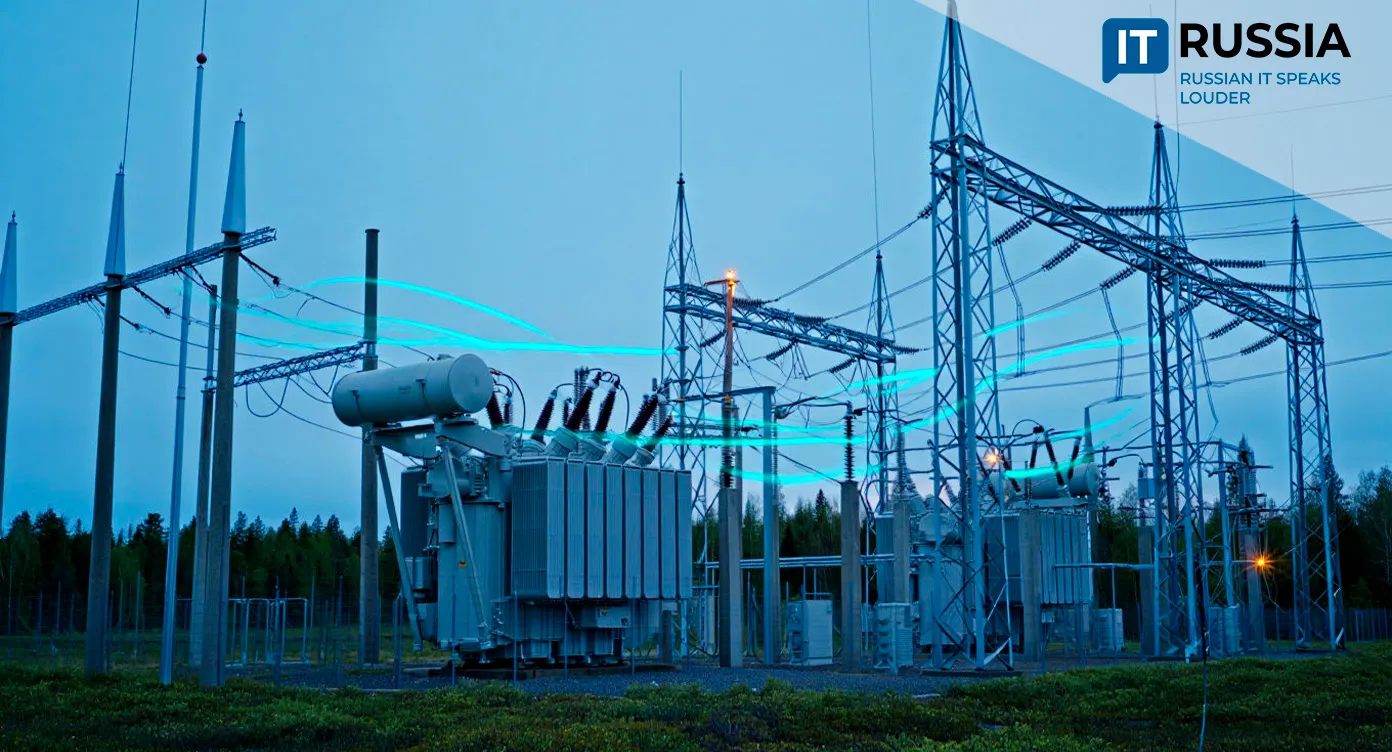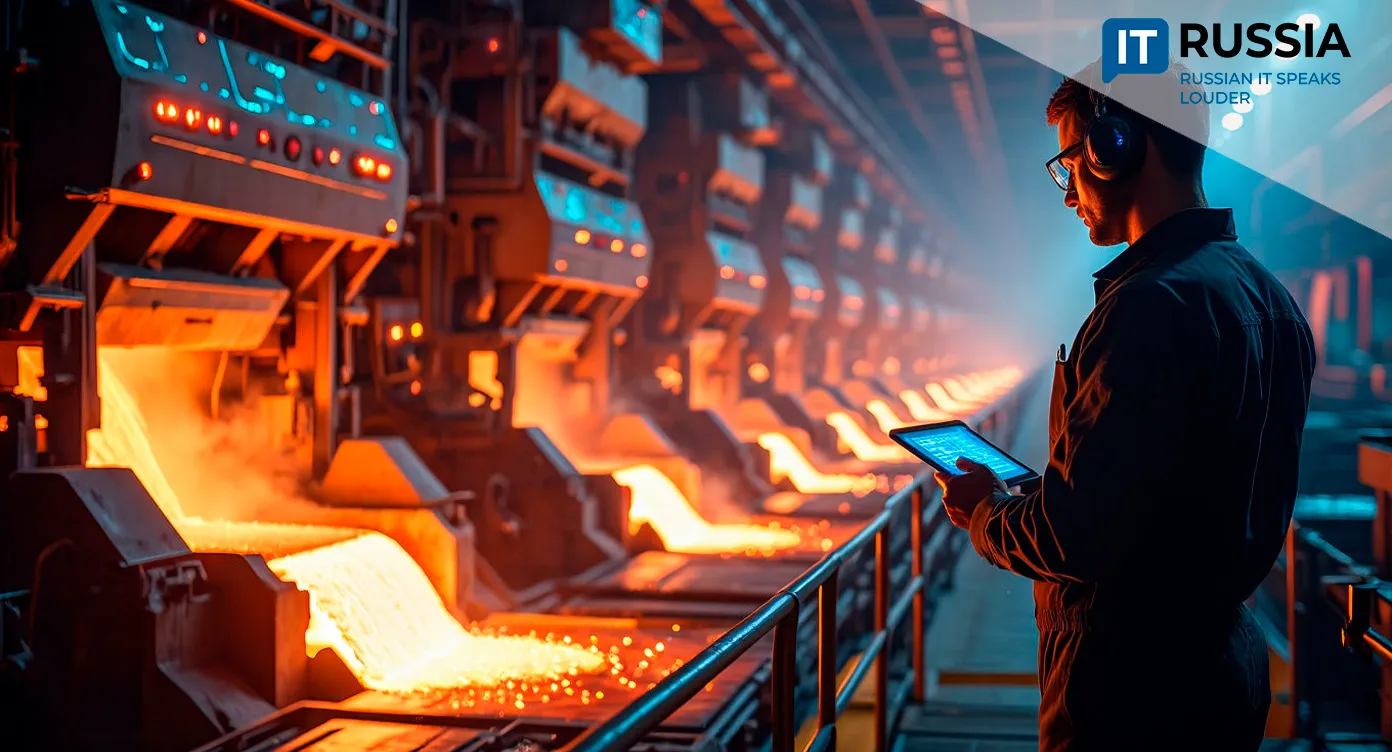"AI Is a Navigator, Not a Pilot": How Rosatom Integrates Artificial Intelligence in the Nuclear Industry
At the National Industrial Congress, Mikhail Lysachev, Director of the Department for Technological Independence of Automated Control and Critical Information Infrastructure at Rosatom, shared the guiding principles behind the corporation’s approach to developing and implementing artificial intelligence. These principles are shaping the foundation for industrial AI applications.
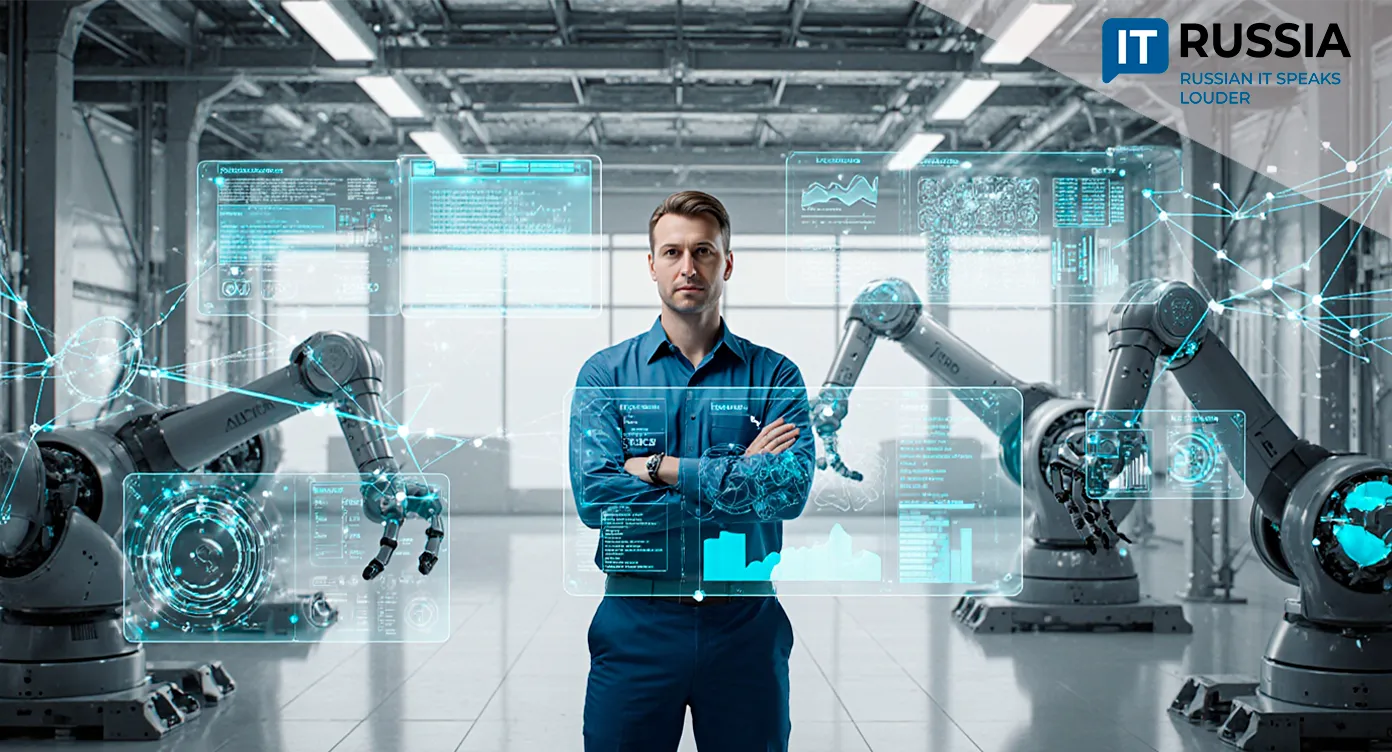
Digital Twin Approach
Before any project begins, Rosatom creates a digital twin — a mathematical model that replicates an asset’s behavior in a virtual environment. This twin helps engineers test design solutions, fine-tune control algorithms, and simulate operational scenarios long before the equipment is commissioned.
Modeling significantly reduces risks at the design stage, minimizes costly redesigns, and improves the economic performance of both construction and operation phases.
AI as an Assistant, Not a Decision-Maker
At Rosatom, artificial intelligence acts as an analyst and operator assistant. The models predict wear, assess failure probabilities, and suggest optimal courses of action — but the final decision always remains with the human operator. This approach prevents critical decision-making authority from being transferred to algorithms in high-risk environments.
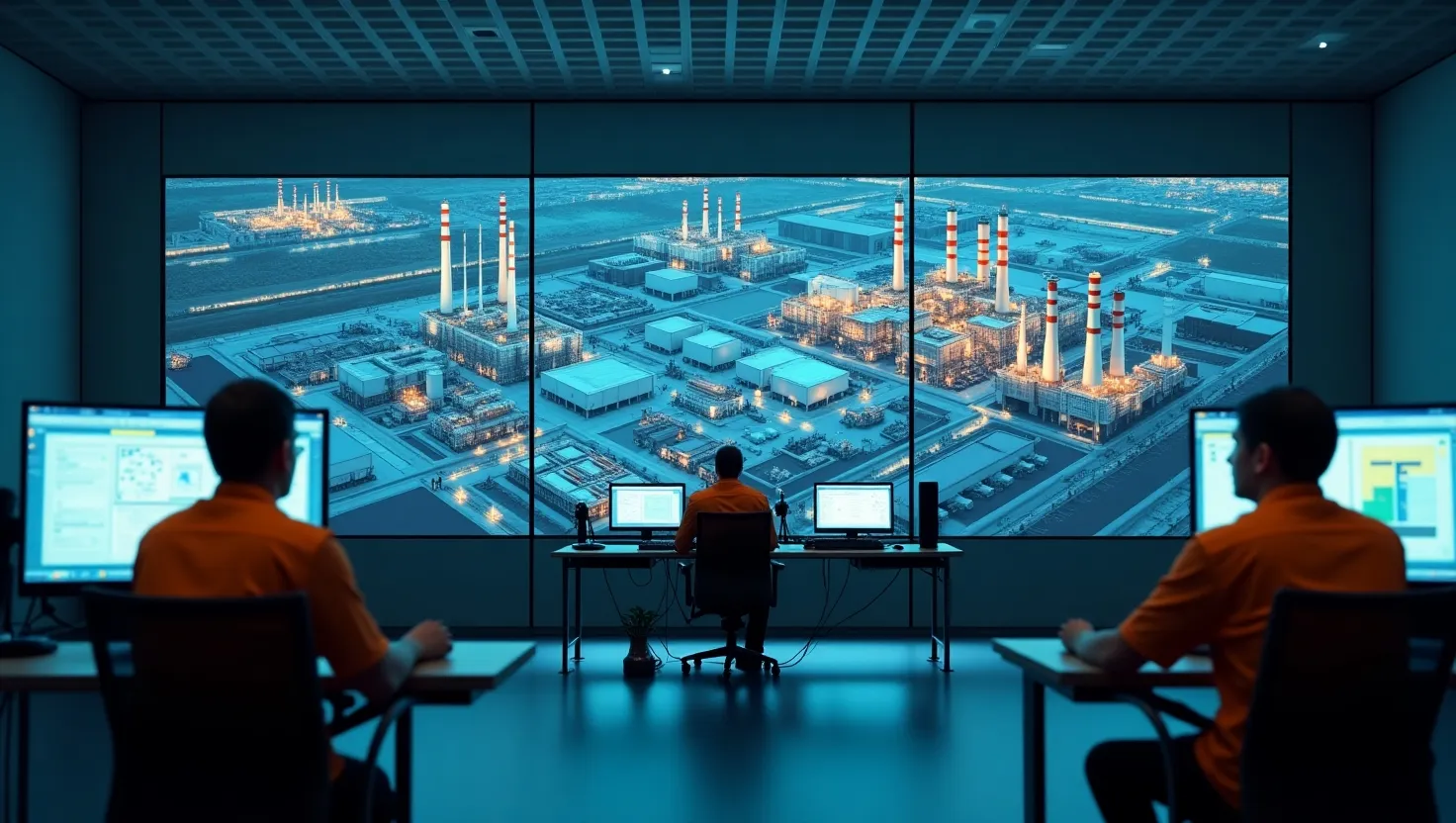
Rosatom’s advisory AI architecture lightens the workload for personnel and accelerates data processing, while preserving human oversight and legal responsibility for key decisions. It’s the essence of a human + machine system, where each side fulfills its role and remains accountable within its domain.
Three Levels of Robotics — From Hands to Digital Factory
Rosatom introduces robotics at three levels and in diverse contexts. At the first level, localized robots operate in hazardous or confined zones, performing visual inspections, sample collection, and mechanical work in environments unsafe for humans.
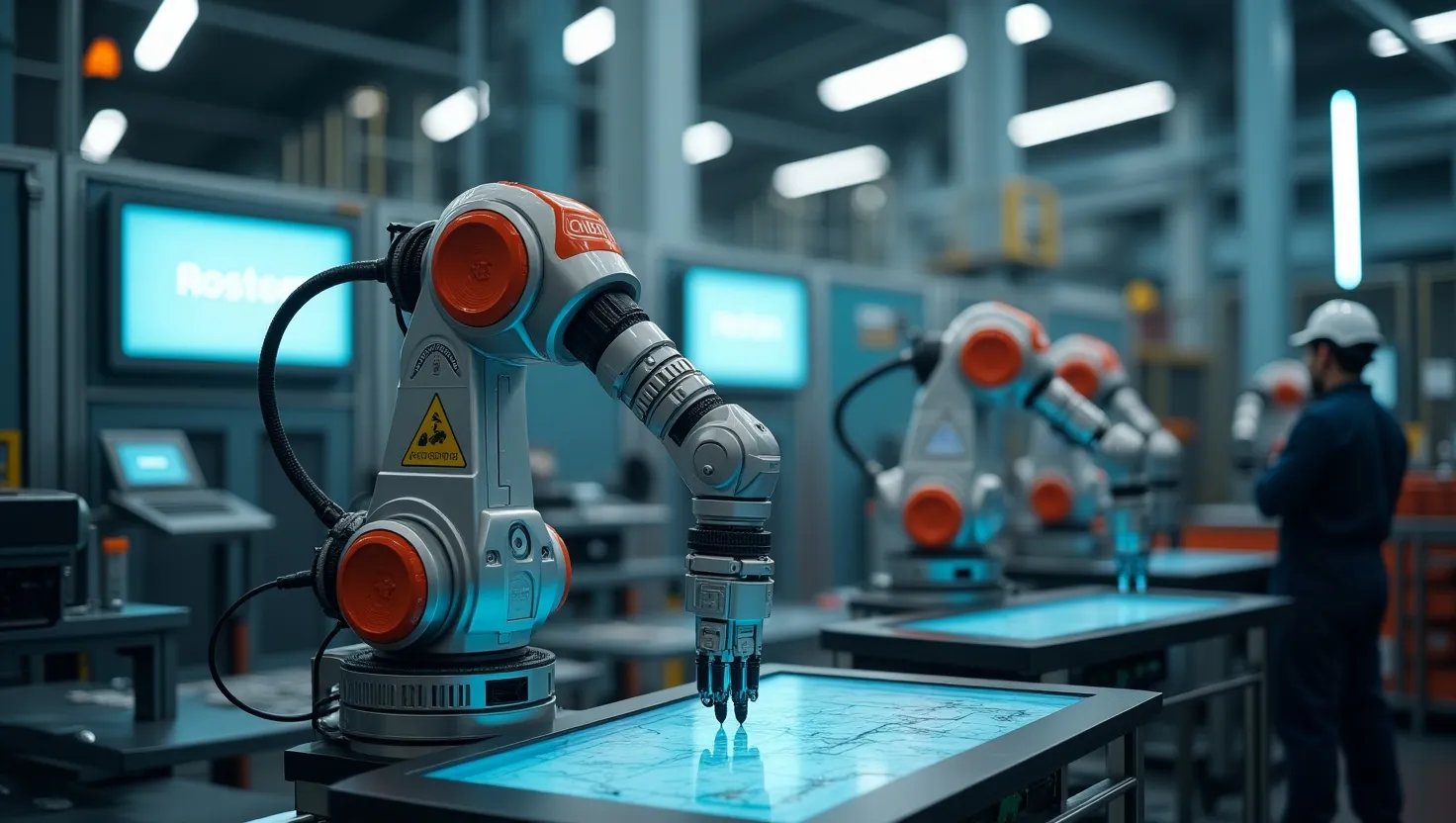
At the middle level, robots are integrated into production cycles, performing quality control, small assembly, and equipment maintenance in coordination with automated management systems.
The third level represents the digital factory of the future — an ecosystem where robots, logistics, manufacturing control systems, and predictive analytics function as a single digital flow. Here, automation spans the full technological cycle: planning, production, quality control, and maintenance.
Proven Practices and Measurable Benefits
This integrated approach has already demonstrated tangible benefits. Digital twins allow for testing of non-standard scenarios, advisory analytics reduce incident response times, and robots lower the risk of workplace injuries while increasing precision in hard-to-access areas.
Economically, this leads to fewer downtimes, better maintenance planning, and longer equipment life cycles. Additionally, unified data systems and a consistent digital trace enable successful practices to be scaled across multiple sites.

Safety, Standards, and Skills
For the concept to function reliably, Rosatom is building a regulatory framework and verification procedures for AI models. This includes test methodologies for digital twins, validation protocols for algorithms, and standards governing human-machine interaction.
Equally important is workforce training. The corporation is investing in programs for systems engineers, digital modeling experts, and hybrid system operators — understanding that technology is only as effective as the people who manage it.





